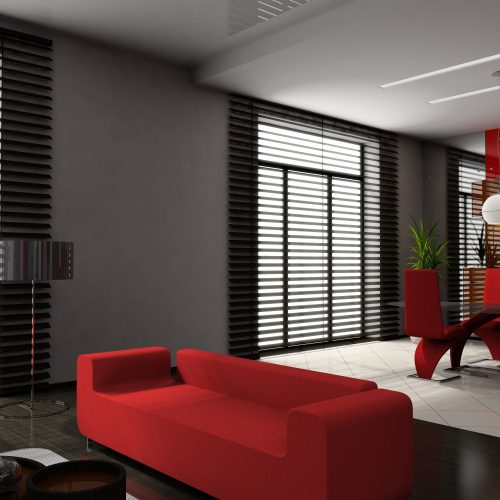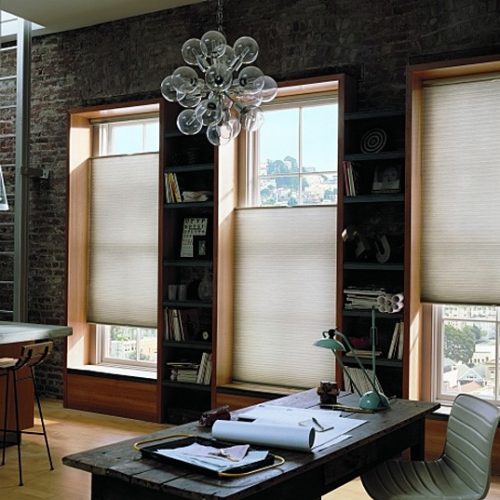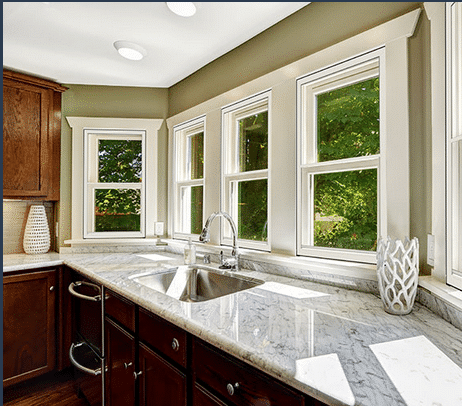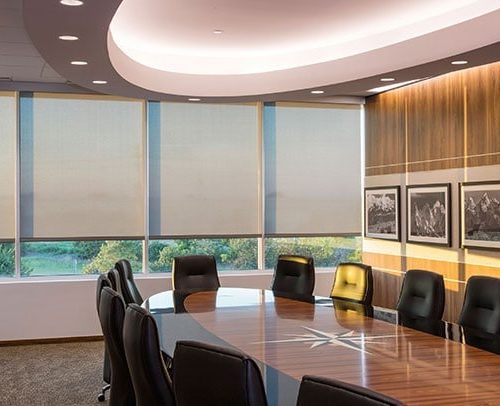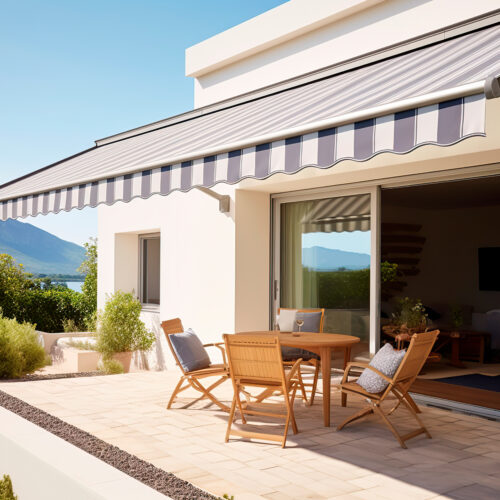Residential and commercial window attachments can be motorized, automated and integrated with smart home technologies or energy management systems in a commercial setting.
Residential
On the residential side, interior and exterior shades can be motorized and automated. Shades can be scheduled and accessed through manufacturers’ apps. They also can integrate with smart home technologies and systems, including Amazon Alexa, IFTTT, Nest, Google Assistant, Control4, and others, to be programmed for weather, temperature, sunrise/sunset, and other criteria.
Automated shades can be a complement to utility smart home technology program offerings, particularly for products that have received an AERC automation energy improvement rating. Shades can work with smart thermostats and be a potential valuable resource for demand response programs, which can deploy shades during an event.
Commercial
Interior and exterior commercial shades can be automated. When paired with lighting control and energy management systems, automated commercial shades can be a powerful tool for managing energy, maximizing daylighting, minimizing glare, and improving the overall comfort and productivity of occupants.
Commercial automated shading systems have algorithms that adjust shades for a range of factors throughout the day, including direct sunlight and weather. They also can account for shadows from neighboring buildings or reflections from nearby buildings.


